Azerbaijan travel tips
Azerbaijan travel tips: A Eurasian country at the crossroads of Europe and Asia, boasts rich cultural heritage, diverse landscapes, and energetic capital, Baku.
Districts 🌎
Azerbaijan travel tips. Here is a list of all the districts of the Azerbaijan.

Agdash

Balakan

Goygol

Hajigabul
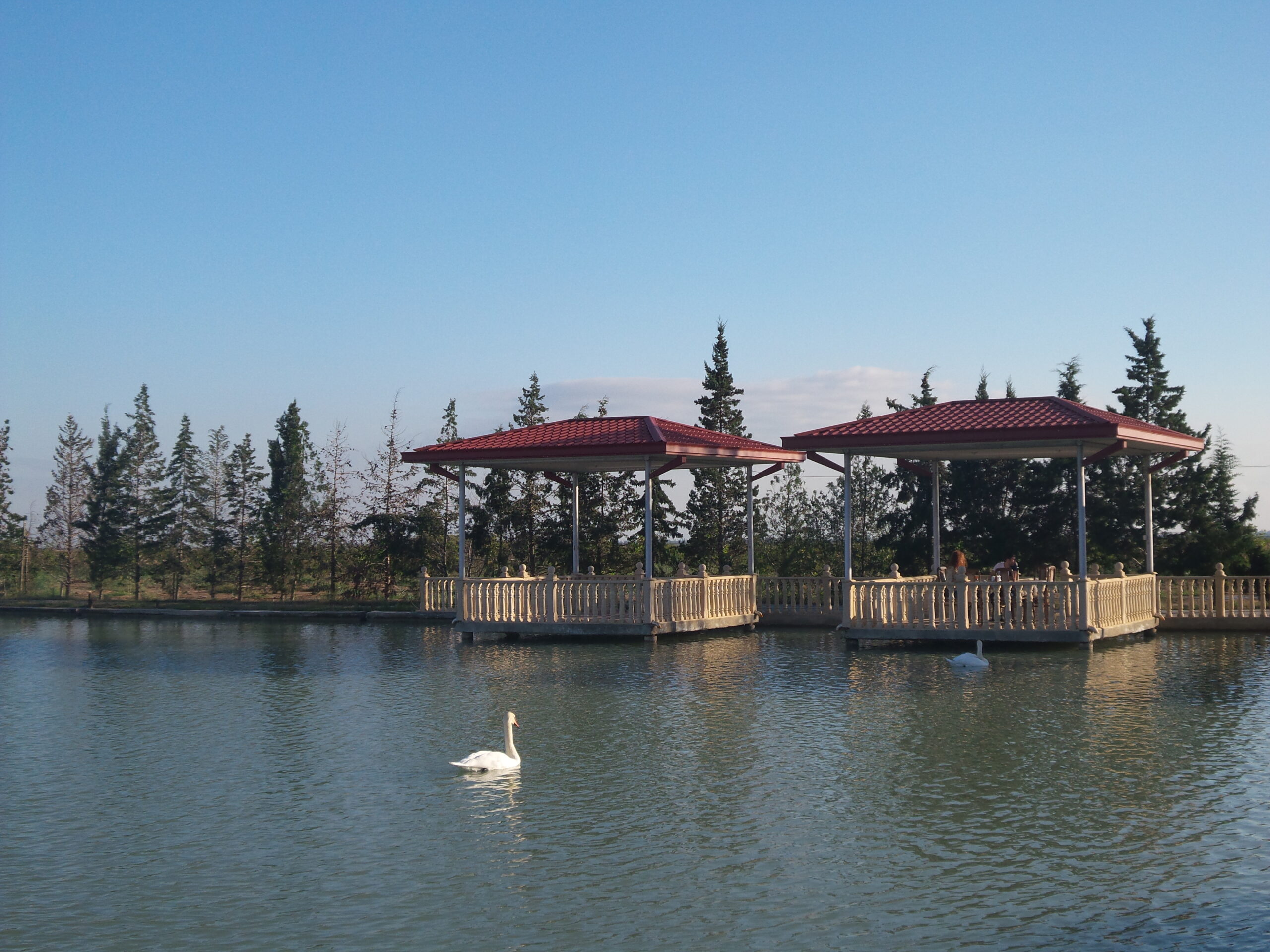
Kurdamir

Mingachevir

Qabala

Qakh

Qazakh

Qubadli

Zardab

Agsu
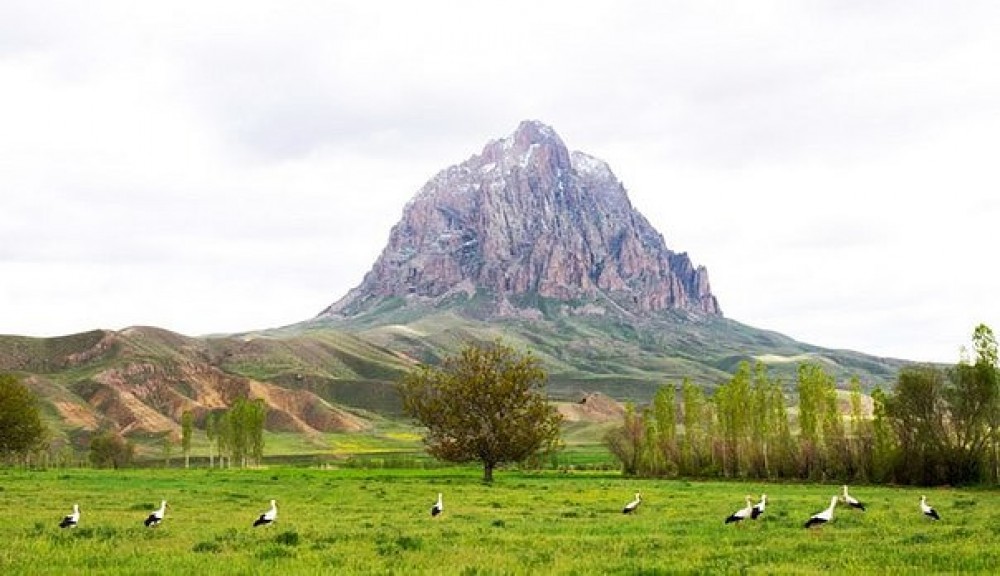
Babek

Siazan

Khachmaz

Shamkir
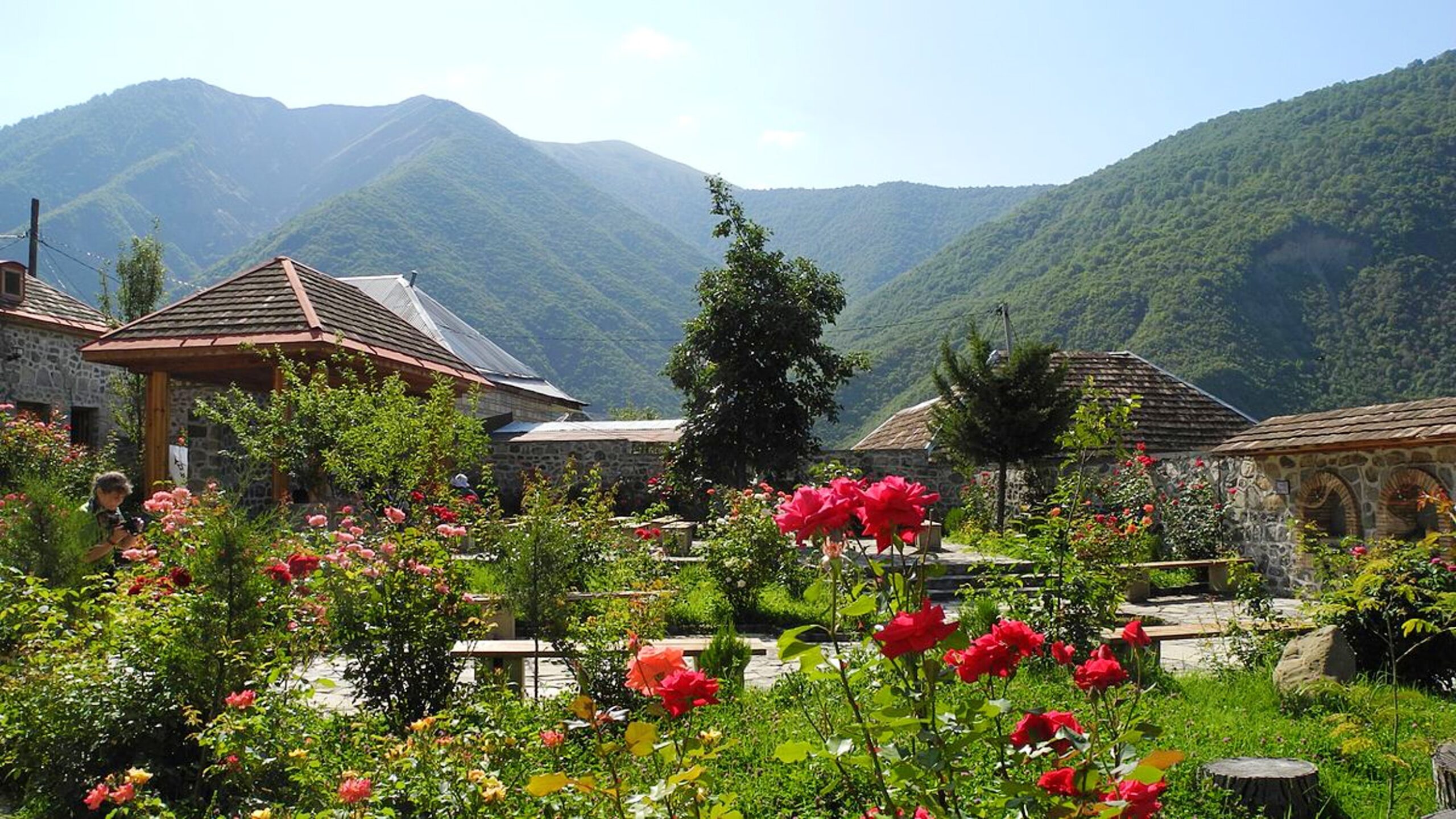
Shaki

Shaki City

Sumgait City

Mingachevir City

Gabala City

Sheki City

Beylagan

Bilasuvar

Imishli

Ismayilli

Lankaran
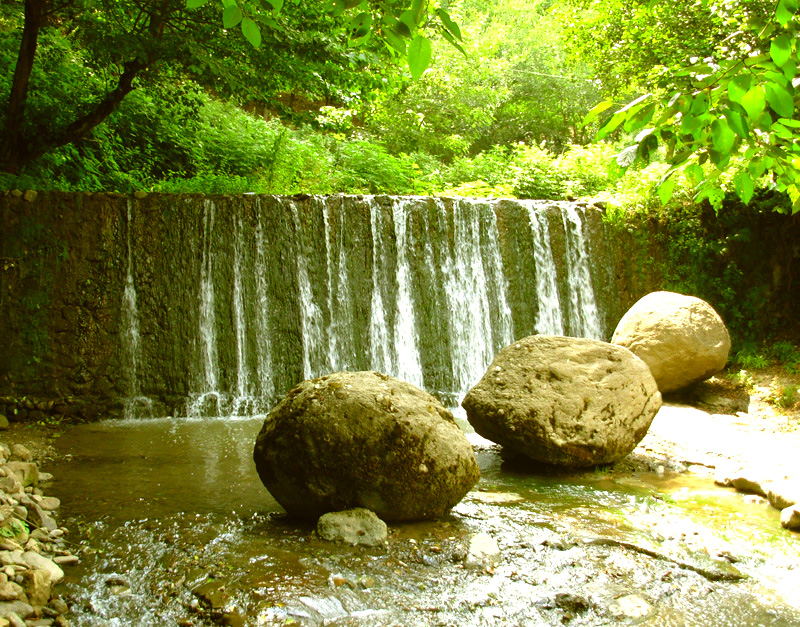
Lerik

Masally

Naftalan

Neftchala

Saatli

Sabirabad
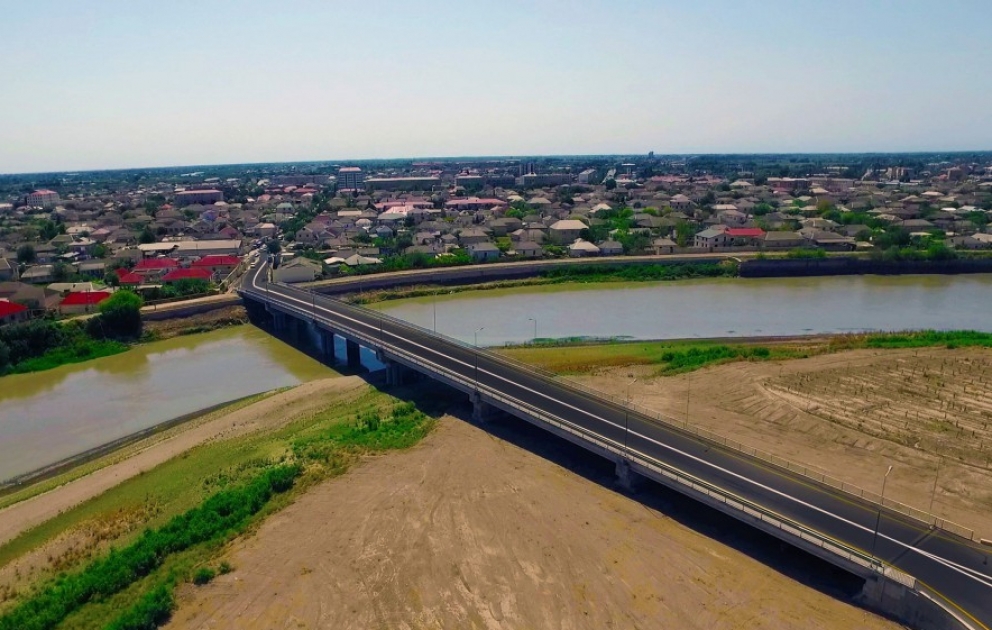
Salyan

Shirvan

Tartar

Tovuz

Ujar

Yardimli

Yevlakh

Astara

Jalilabad

Lankaran City

Shusha
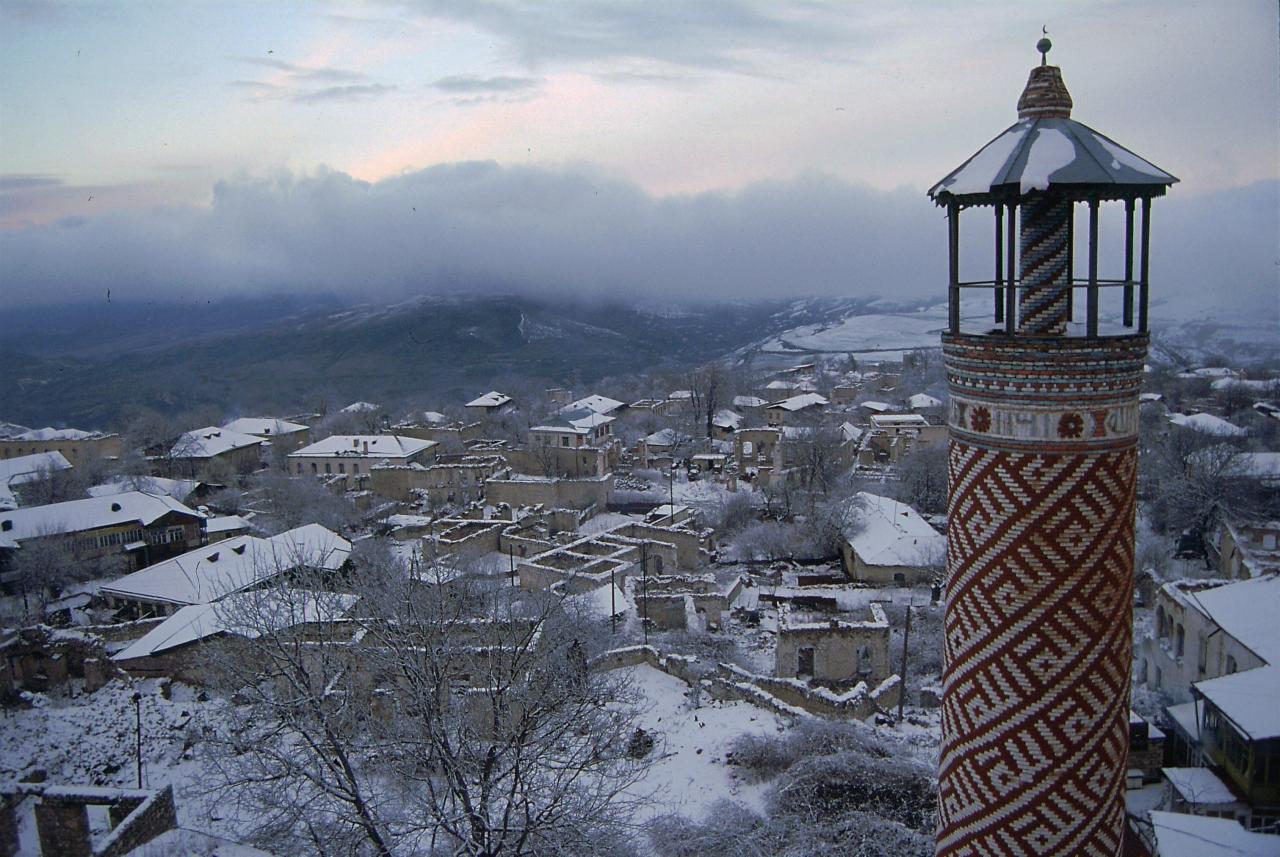
Shusha City

Zangilan

Nakhchivan City
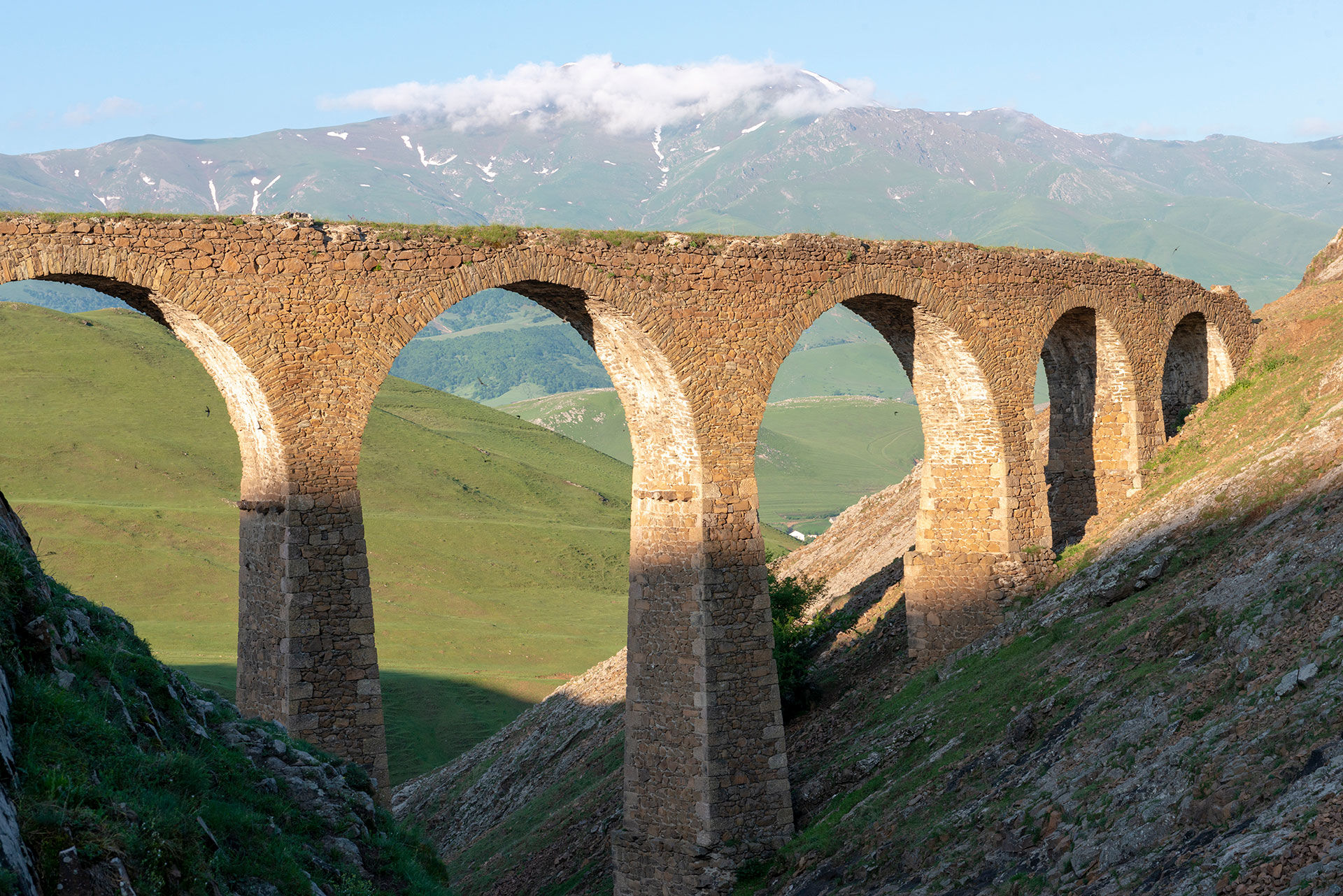
Gadabay

Goranboy

Dashkasan

Agstafa

Fizuli

Jabrayil

Julfa

Khanlar
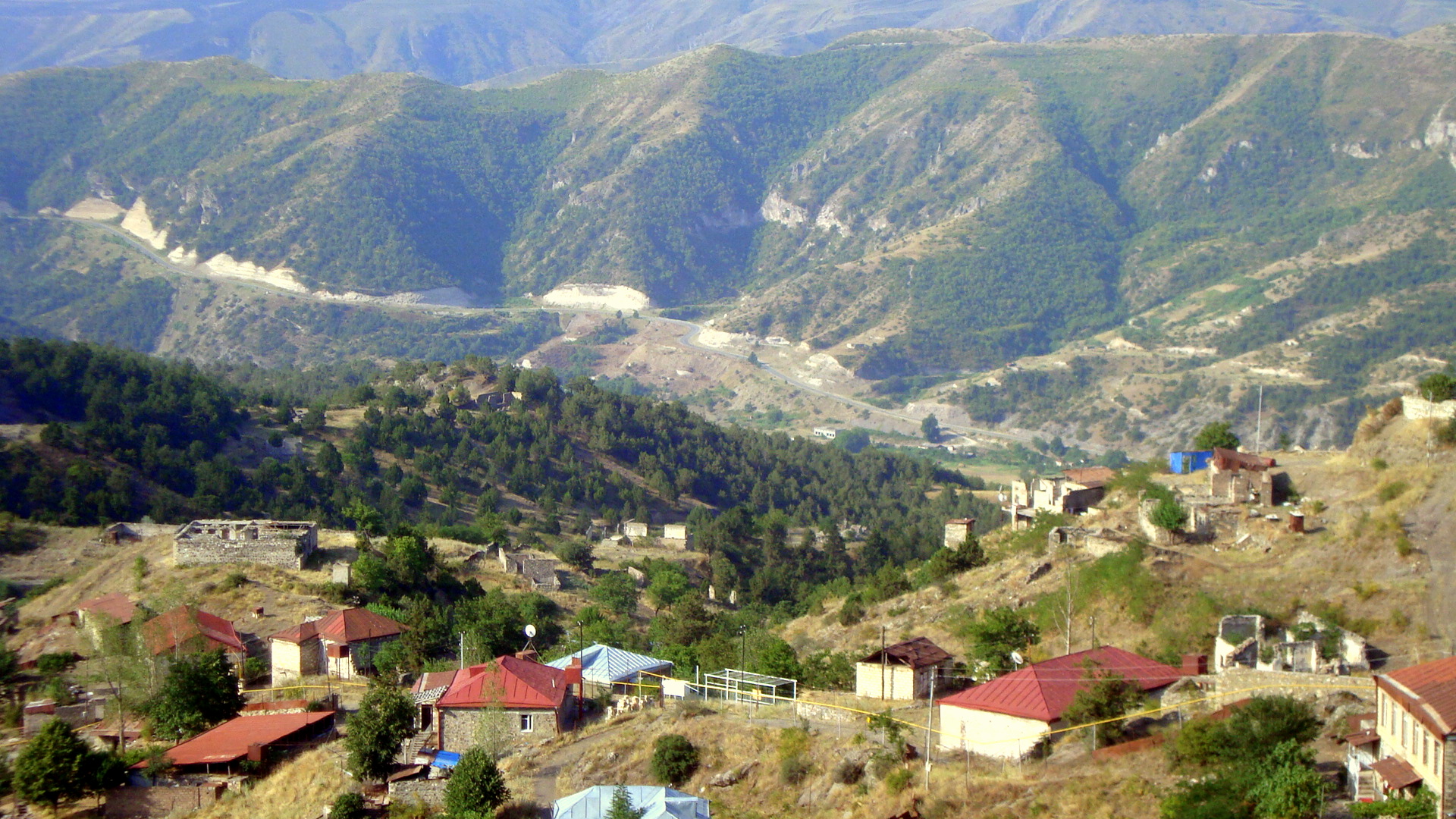
Lachin

Oguz
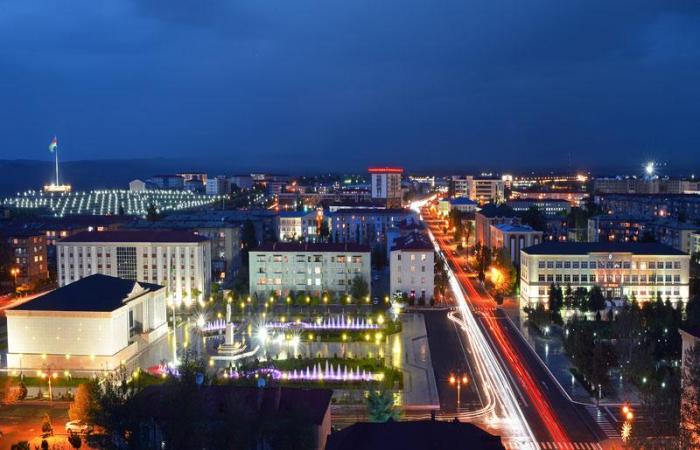
Sahbuz

Samukh

Zaqatala

Khojali
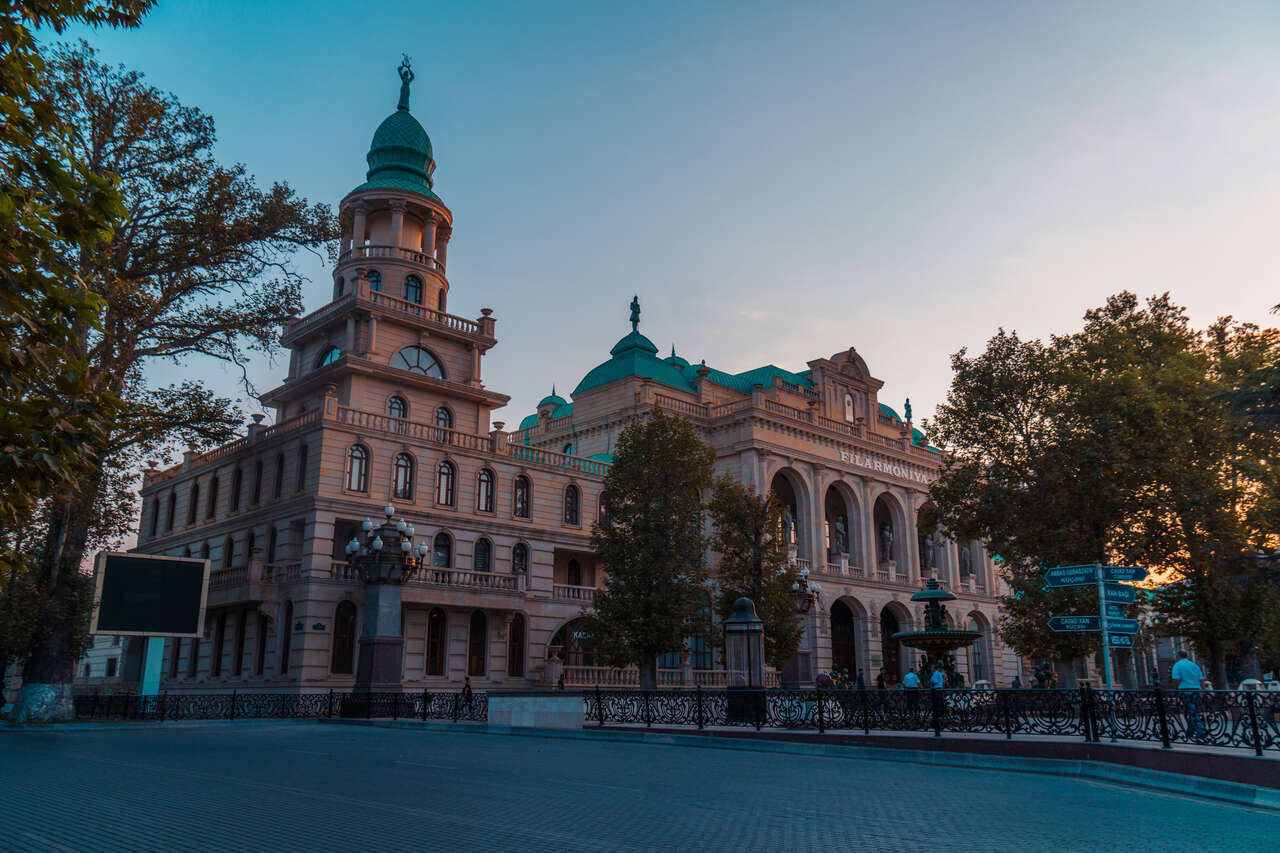
Ganja City

Quba

Qusar

Shamakhi

Absheron

Khizi

Sadarak

Baku City

Barda
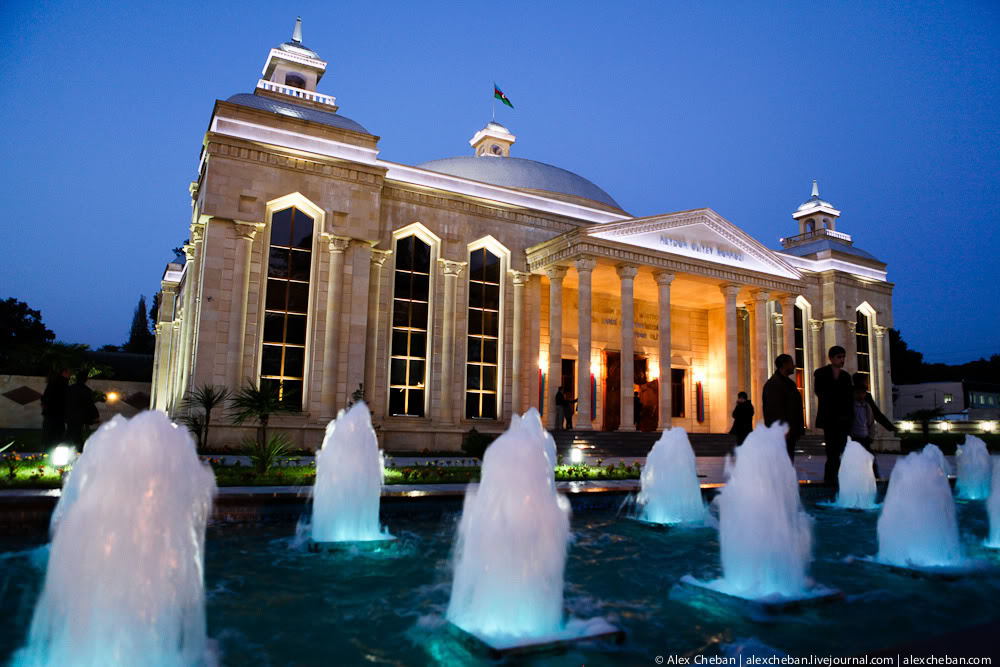
Goychay

Yevlakh City

Shamakhi City
Before you go 🛩
Important information you should know before your trip
Info

Capital | Baku
Flag Codes:
ISO alpha-2 AZ,
ISO alpha-3 AZE
Currency
Badge | mana t baiya’s
CODE | AZN
NUMBER | 944
SYMBOL | ₼
FRACTION | qəpik
Mobile Coverage
Dialing Code | +994
SIM Card
Coverage | 3G / 4G / 5G |
Mobile Networks | Azercell Mobile | Backcell Mobile | Nar Mobile | Naxtel Mobile |

Location
Azerbaijan is a country located in the Caucasus region, between Asia and Europe. It is bordered by Russia to the north, Georgia to the northwest, Armenia to the west, Iran to the south, and the Caspian Sea to the east. With an area of approximately 86,600 km², Azerbaijan is the largest country in the South Caucasus region.
Currency
The currency of Azerbaijan is the Azerbaijani manat (AZN).
Which is divided into 100 gaepik.
Manat is a loanword from Russian meaning “currency.”
Languages
The official language of Azerbaijan is Azerbaijani (also known as Azeri, Azerbaijani or Azeri Turkish), which is a Turkish language spoken by around 25 million people in Azerbaijan and in Azeri communities in Iran, Georgia, Russia, Turkey and other countries. region of. Azerbaijani uses the Latin alphabet and previously used the Cyrillic alphabet.
Climate 🌡
Azerbaijan has a diverse climate due to its geographical location and varying landscapes. The country is situated at the crossroads of Eastern Europe and Western Asia, bordered by the Caspian Sea to the east. Here’s an overview of the climate in Azerbaijan:
Mild Coastal Climate:
The Caspian Sea coastline experiences a relatively mild climate with mild winters and hot summers.
Winters are short and mild, and temperatures rarely drop below freezing.
Summers are warm to hot, with temperatures often exceeding 30°C (86°F).
Mountainous Regions:
The northern and western parts of Azerbaijan are mountainous and experience a more continental climate.
Summers are shorter and cooler, and winters are colder, with significant snowfall in higher elevations.
In the mountainous regions, temperatures can drop below freezing in winter, and heavy snowfall is common.
Semi-Arid and Arid Conditions:
Parts of central and southeastern Azerbaijan have a semi-arid and arid climate.
Summers are hot and dry, with temperatures often exceeding 35°C (95°F).
Winters can be relatively mild, but colder conditions are possible, especially in the highlands.
Rainfall Patterns:
Precipitation varies across the country. The Caspian Sea coast and the western mountains receive the most rainfall.
Baku, the capital city, receives relatively little rainfall compared to the western regions.
Seasonal Variations:
Azerbaijan experiences distinct seasons: spring, summer, autumn, and winter.
Spring and autumn are transitional seasons with mild temperatures and pleasant weather.
Summer is the hottest season, while winter brings colder temperatures, especially in the mountainous areas.
Microclimates:
Due to the varied landscapes, Azerbaijan has microclimates within different regions. For example, the Guba region receives abundant rainfall and has lush vegetation, while the Nakhchivan Autonomous Republic has a more arid climate.
Caspian Sea Influence:
The Caspian Sea has a moderating influence on the climate of coastal areas, keeping temperatures milder in both summer and winter.
Azerbaijan travel tips
If you’re planning a trip to Azerbaijan, here are some travel tips to enhance your experience:
Nature Exploration:
Discover the diverse landscapes, from the Caspian Sea to the Caucasus Mountains; explore Goygol National Park.
Dress Modestly:
Respect local norms by dressing modestly, especially in rural areas and religious sites.
Health Precautions:
Ensure vaccinations are up-to-date; drink bottled water and be cautious with street food.
Historical Sites:
Visit UNESCO-listed sites like Sheki’s Palace and the ancient city of Gobustan for a glimpse into Azerbaijan’s history.
Transportation:
Use the efficient metro system in Baku; consider hiring a local guide for exploring remote regions. View Guide.
Cultural Etiquette:
Respect local customs; greetings are important, and it’s customary to remove shoes when entering homes.
Safety:
Azerbaijan is generally safe, but be cautious in crowded areas; follow local advice on travel to border regions.
Enjoy your time in Azerbaijan!

The best of the best
Azerbaijani cuisine is known for its rich and diverse flavors, influenced by its location at the crossroads of various cultures. The country’s culinary traditions include a mix of meat, vegetables, herbs, and spices.
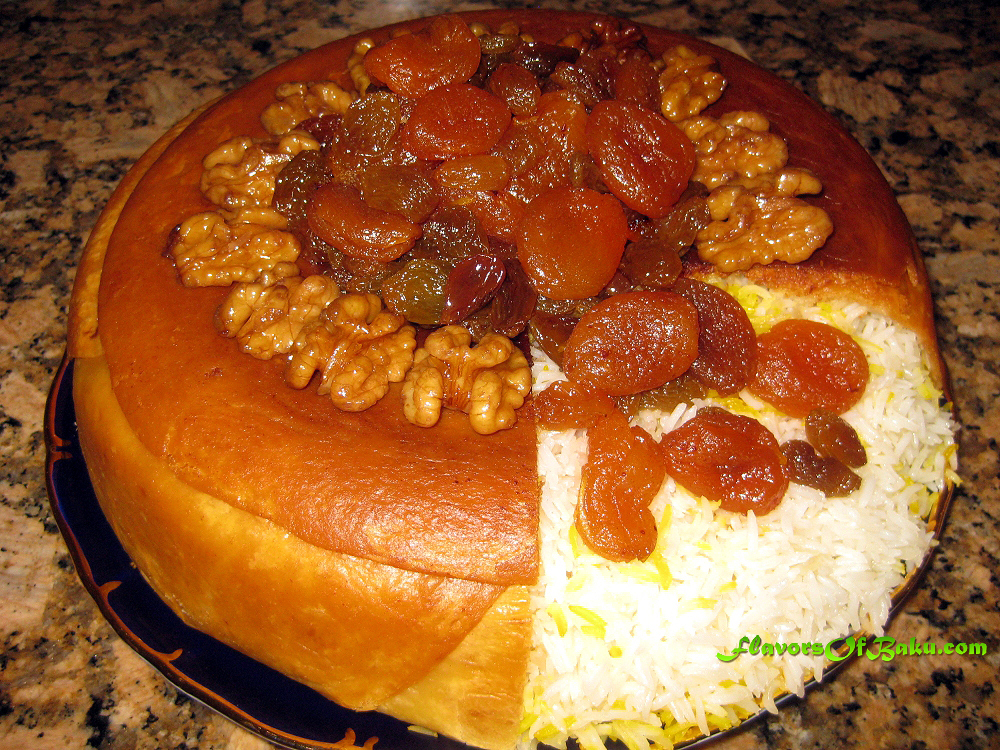
Plov (Pilaf)
A popular and cherished dish in Azerbaijan, plov is a rice-based dish cooked with saffron, various meats (such as lamb, chicken, or beef), and sometimes dried fruits and nuts. It’s often prepared for special occasions.

Dolma
Grape leaves, cabbage leaves, or vegetables like bell peppers are stuffed with a mixture of minced meat, rice, and herbs. These stuffed rolls are then cooked and served with yogurt.

Kebabs
Various types of skewered and grilled meats are a staple in Azerbaijani cuisine. Different meats are marinated in spices and then grilled to perfection.
Here are some typical foods you might find in Azerbaijani cuisine:
Lavash: A thin, soft, and stretchy flatbread that’s an essential part of Azerbaijani meals. It’s often used to wrap kebabs, dolma, and other dishes.
Dushbara: A type of dumpling soup made with tiny dumplings filled with spiced minced meat. The dumplings are cooked in a flavorful broth and served with yogurt or sour cream.
Qutab: A type of stuffed pastry, qutab is made from thin dough filled with various fillings, such as minced meat, herbs, and cheese. It’s cooked on a griddle and served warm.
Govurma: A dish made from thinly sliced and fried meat (often lamb or beef) that’s served with sautéed onions and spices.
Badimjan Dolmasi: This dish features eggplant stuffed with a mixture of minced meat, rice, herbs, and spices. It’s then cooked until tender.
Bozbash: A hearty meat and vegetable stew, bozbash is made with various ingredients such as lamb, potatoes, beans, and herbs. It’s a comfort food enjoyed during colder months.
Pakhlava: A sweet pastry made from layers of thin dough, nuts (usually walnuts or almonds), and honey or sugar syrup. It’s a popular dessert during festive occasions.
Halva: A sweet confection made from ground nuts (often sesame seeds) mixed with sugar or honey. It comes in various flavors and textures.
Azerbaijani Tea: Tea is an integral part of Azerbaijani culture. Traditional tea sets with small glasses (armudu) and sugar cubes are commonly used. Tea is often accompanied by sweets and pastries.
The country’s culinary heritage is influenced by its history, geography, and cultural exchanges, resulting in a rich tapestry of flavors and culinary traditions.
Transportation 🚥
More information about this country
Choose your destination 📍🗺
Useful Links ✅



